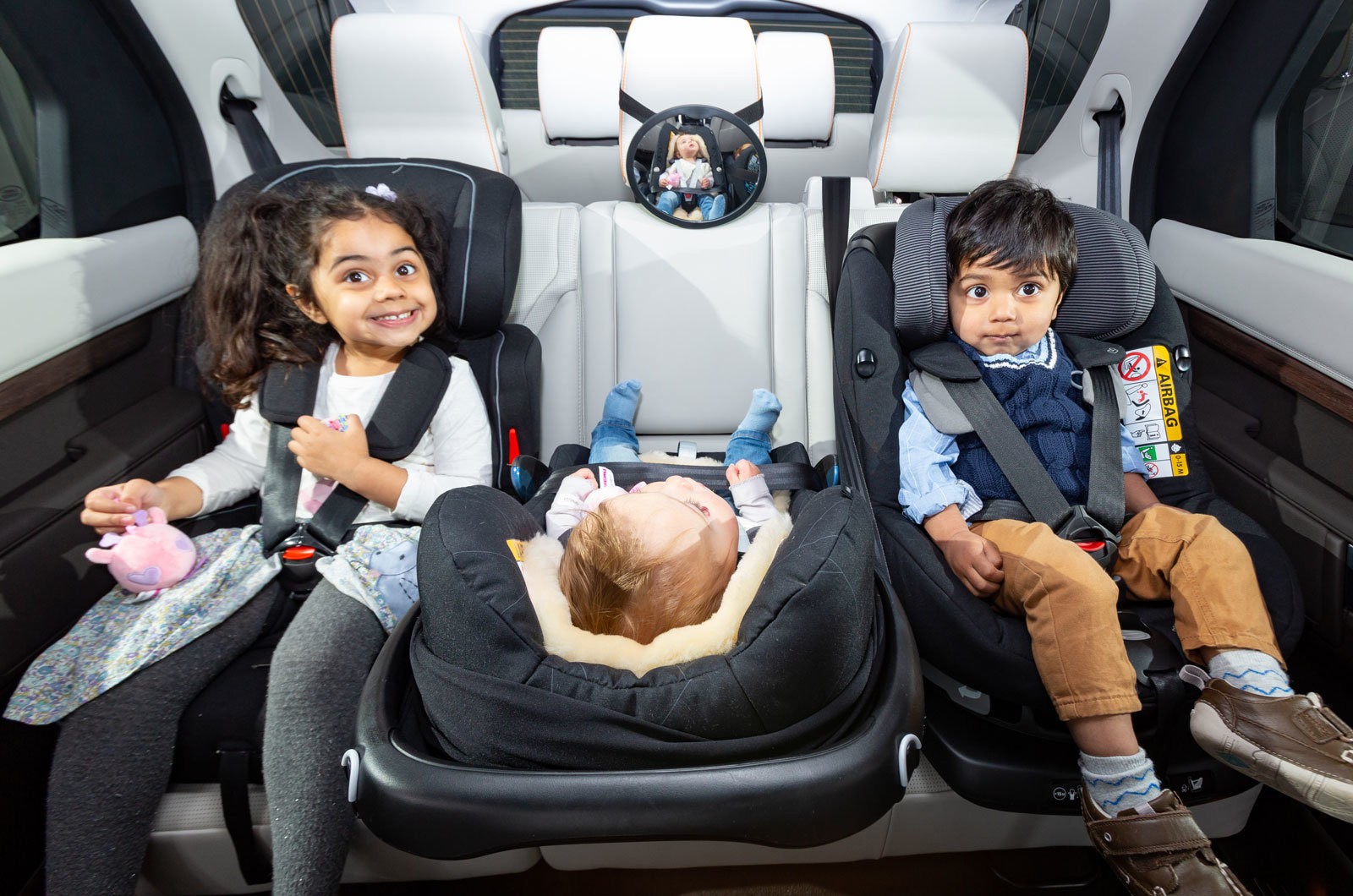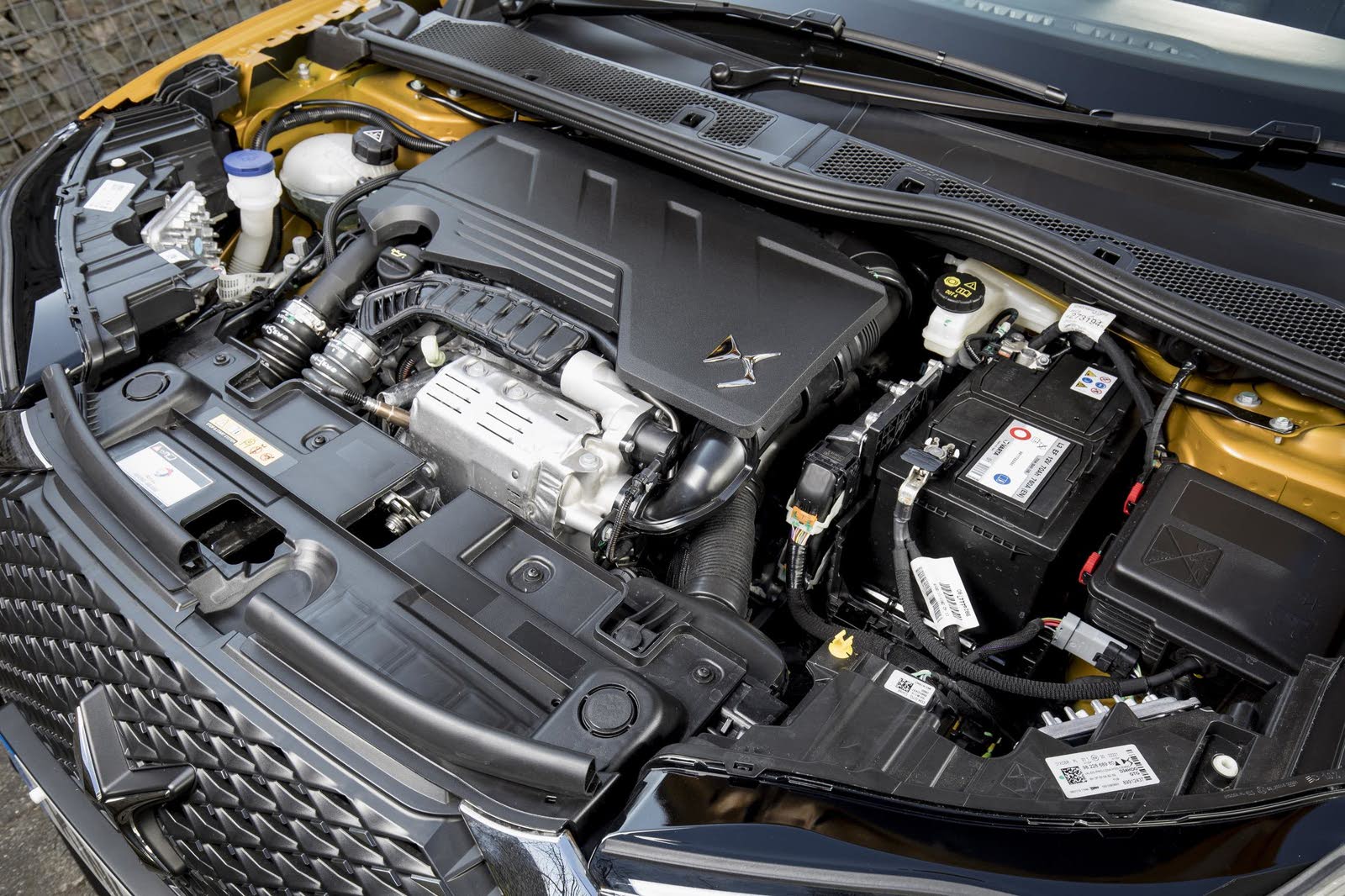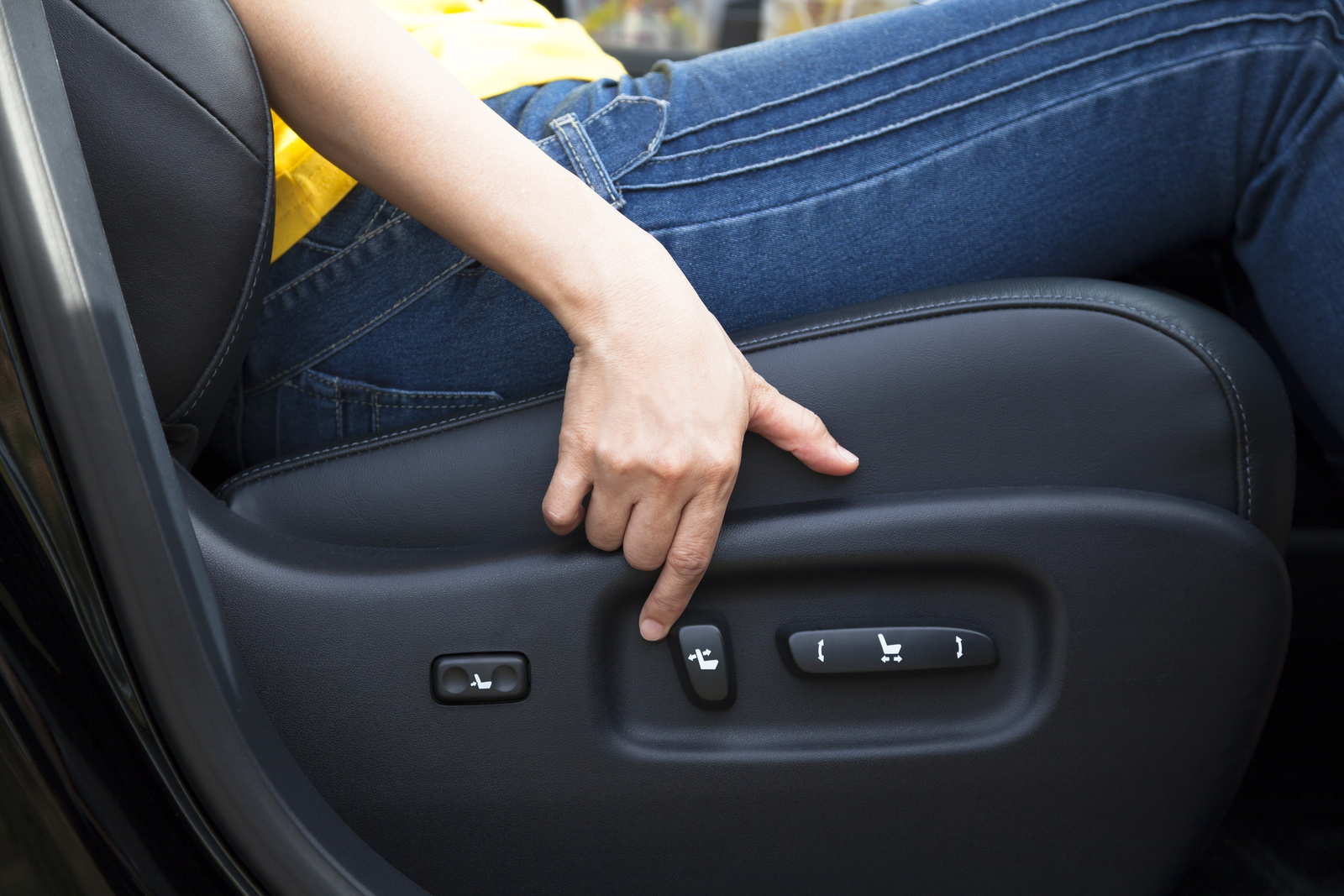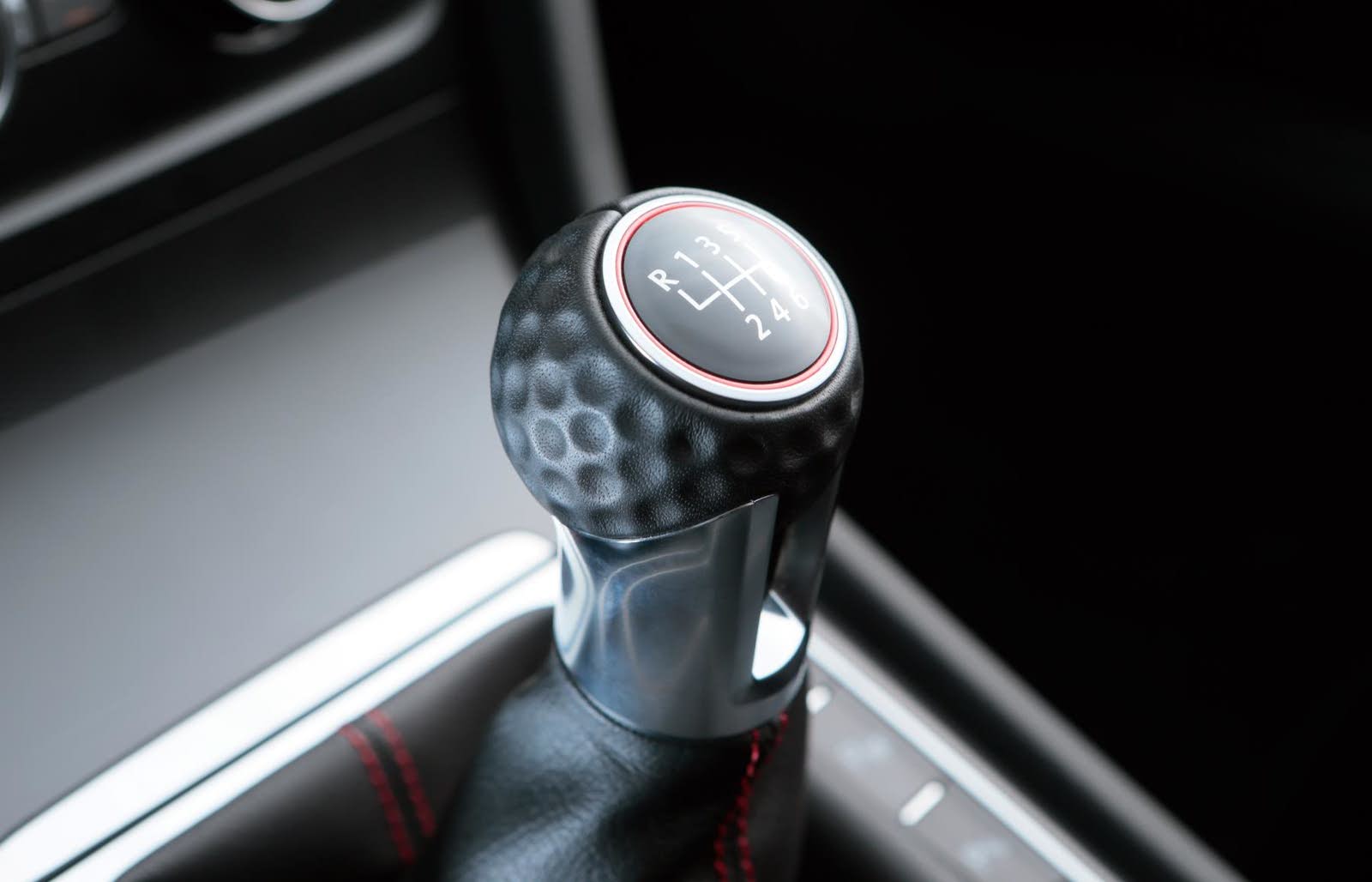You’ve narrowed down your choices and read the reviews, so now it’s time for the fun part of the car-buying process: the test drive. Whether it's a new car or a used car, bought from a dealer or a private seller, there are a few things you should keep in mind to have a thorough test drive and get the most information from the experience.
Even if you've done all the theoretical research, you won't know what a car is really like, and whether it's the right car for you, until you've seen it in the metal, got behind the wheel and taken it out on the road, so this is a vital part of the car-buying journey.
Where to Start

Some manufacturer franchised dealerships offer car buyers extended test drives, often for several days, and these can prove very useful if available. But even a short spin can give you plenty of information. That said, we'd encourage you to spend as much time as you can on the road, and at least 20-30 minutes. If the seller isn't keen, it's worth questioning why...
Try and plan to drive on a variety of roads, from around town to motorways. An internet search of roads near the buying location can help with this. If time is short, at least find some roads that are representative of those you'll drive on day-to-day. You don't want to buy a car that felt great at 30mph only to find that it's horrible for your daily motorway commute.
Before you get behind the wheel though, check to make sure the car is as described in the advertisement. Any scratches or dents on the bodywork, or scuffs on the alloy wheels that weren’t disclosed, could be ammunition to encourage the dealership or seller to adjust its price.
If you're test driving a demo car, with a view to buying a brand new model, keep in mind that the showroom demonstrator might not be the exact same model as the one you're interested in, but it should give you a good idea of what to expect. Make sure you know the differences between what you're driving and what you might end up buying.
Whatever the case, you need to ensure that the practical elements of the car live up to expectations, so take along any pushchairs, child seats, dog cages, or golf clubs that you might regularly carry. By the time you get the car home, it’ll be too late to discover they don’t fit.
Also, be sure to tilt and fold the rear seats and inspect the upholstery, remembering that the time to ask for any faults to be rectified is before your purchase.
Engine and Electrics

Once you’ve checked with the dealership or private seller that car insurance is in place for your test drive – and you've remembered to bring your driving licence – put your hand on the bonnet and note the temperature. If it’s warm, it could be that an unscrupulous seller is trying to hide the fact that the engine is reluctant to start from cold. This is much more relevant for a used car, but still worth noting.
With the engine running, listen for any unusual tapping, rattles or clunking sounds, and ensure no smoke is coming from the exhaust. A bit of steam on a cold day is fine, but anything sooty or with a blue tinge to it should ring alarm bells.
Now try all of the electrics, from the interior lights and windows to the stereo or touchscreen system. With the latter you want to know both that it works and how easy it will be to use. If satnav is fitted, try entering an address to see if it functions correctly. Make sure that the air conditioning, if fitted, blows nice and cold.
Getting Comfortable

Depending on how old the car is, it might have adjustment not only in the driver’s seat, but also in the steering wheel, allowing you to change its height and possibly its reach. Either way, take a minute to ensure you can get comfortable, and familiarise yourself with the controls for the wipers, lights, and heater.
Look over your left shoulder to assess visibility, noting that almost all modern cars have blind spots due to the increasingly thick pillars required to pass crash tests. If you struggle to see out, it might be worth considering a model with rear parking sensors, or if you’re working with a dealer, ask if these can be added to the car.
In Gear

If you’re testing a car with a manual gearbox, check that the gears engage easily and that the clutch has a clear biting point. If it doesn’t bite until the very top of its travel, or the engine revs faster than the car accelerates, it means the clutch is on its way out.
For an automatic, you’re looking for smooth gear changes and a good response when you floor the accelerator.
Depending on the age of the car, the suspension could feel anything from fresh and precise to tired and saggy. One way to judge this is to ask yourself if the car feels settled and easy to control, or is it bouncing around all over the place? Use your ears, too. Any clunking sounds, including when you steer into tight parking spaces, mean repair bills are imminent. And while those will not necessarily be expensive, you want to get them sorted before you buy.
Do You Like it?

Remember, your test drive isn’t only to see if the car is mechanically sound; it’s also your chance to decide if you’ll be satisfied with it. The seller won’t appreciate it if you race through the gears, but you should try accelerating hard at some point. This will tell you not only if the engine revs cleanly, but also if the performance on offer is sufficient for your needs.
Similarly, press the brake pedal hard and bring the car to a stop, making sure it brakes in a straight line without pulling the steering in either direction. And come to a halt on a hill and hold the car on its hand brake to ensure it doesn’t roll away.
Consider general noise levels, too, whether from the engine, the tyres, or the wind, particularly if you plan to cover a lot of motorway miles. If the car’s got a fuel-economy readout, take note of the mileage showing, as this will give a reasonable indication of how efficient the car will be.
Take Note

If you’re going to test more than one car, take a notepad and jot down any good or bad points, in terms of what the car offers and its physical condition. These can be referred to when negotiating with the dealer or if you’re undecided between two or more models.
When test driving more than one car, be methodical and run through the same checks for each in the same order, and don’t be afraid to ask the seller questions if anything doesn’t add up.
It’s normal to be nervous about this process, and it might pay to test drive and buy an approved used model, which will have been inspected by a franchised dealership and come with a decent warranty. You’ll pay slightly more for the privilege, but if it gives you peace of mind, it could be money well spent.
Finally, before making any purchasing decisions, check what the CarGurus Instant Market Valuation (IMV) says about the deal in question. Using data from similar cars for sale across the UK, it will tell you if the deal being offered is average, fair, or great, giving you the confidence that as well as learning all you need to know from your test drive, you’re also paying the right price.

